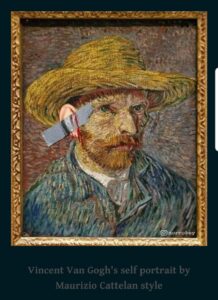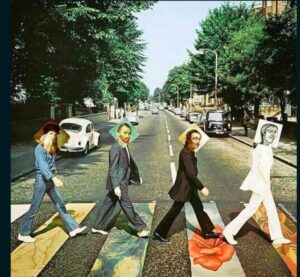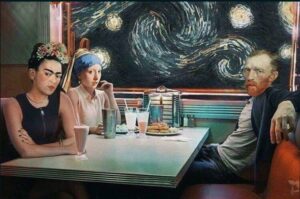1. Is the purpose of the essay to educate, announce, entertain, or persuade?
The purpose of the essay is to educate and maybe even persuade students not to worry, but rather follow the rules and do certain prewriting activities that can make a huge difference and help out in writing an essay on an academic level.
2. Who might be interested in the topic of the essay?
All the students that are not sure about their writing skills and would like to learn how to better develop their ideas, be able to write a college-level essay and avoid common mistakes by implementing advice mentioned in the essay.
3. Who would be impacted by the essay or the information within it?
Especially all the students, or any other person, who can somehow relate themself to the story, or the story is related to the reader’s interests.
4. What does the reader know about this topic?
It is related to our assignment. The writing process is a very important part if we want to develop and present our ideas in a satisfying structure.
5. What does the reader need to know in order to understand the essay’s points?
Very important is to know the topic and purpose of the essay. The vocabulary related to the subject could be crucial.
6. What kind of hook is necessary to engage the readers and their interests?
Important is to write catching opening paragraph. Writers should also concern who exactly is going to read their essay and try to related to them, for instance by using appropriate language or a tone of the essay.
7. What level of language is required? Words that are too subject-specific may make the writing difficult to grasp for readers unfamiliar with the topic.
Language should be on the academic level but using words that don’t have a double meaning and make full sense in the way how they are used. Avoiding using words usually used in expertise could be also helpful, especially if the reader is not familiarized with them.
8. What is an appropriate tone for the topic? A humorous tone that is suitable for an autobiographical, narrative essay may not work for a more serious, persuasive essay.
The tone of the topic should be carefully picked, closely related, and chosen based on the theme, sort of potential readers, and willful approach of the writer towards the problematics.
Probably each of us has found oneself at the moment when experiencing some difficulties in writing the first paragraph of our essay. Sometimes, it is very difficult to pointedly introduce the topic to the reader, suggest the tone of the essay, or reveal the attitude towards the topic and connecting all that to the body paragraphs. Understanding why are these and other specifics significant, what is their actual purpose, and how to create such an introductory is detailed explained in the article “Opening paragraphs”. The article is bringing up many important and helpful tactics that we can use to deliver a satisfactory beginning of our academic essay.












